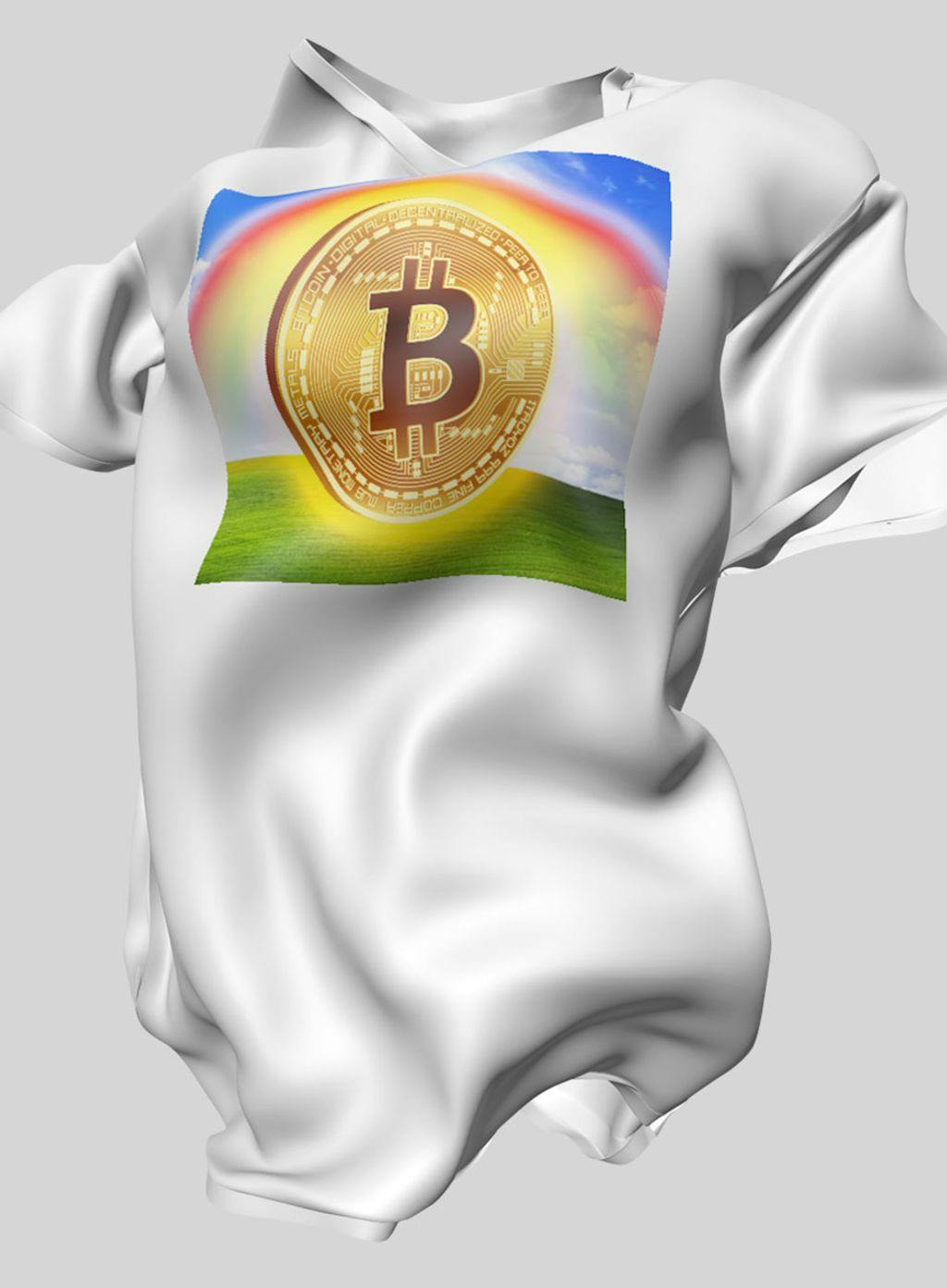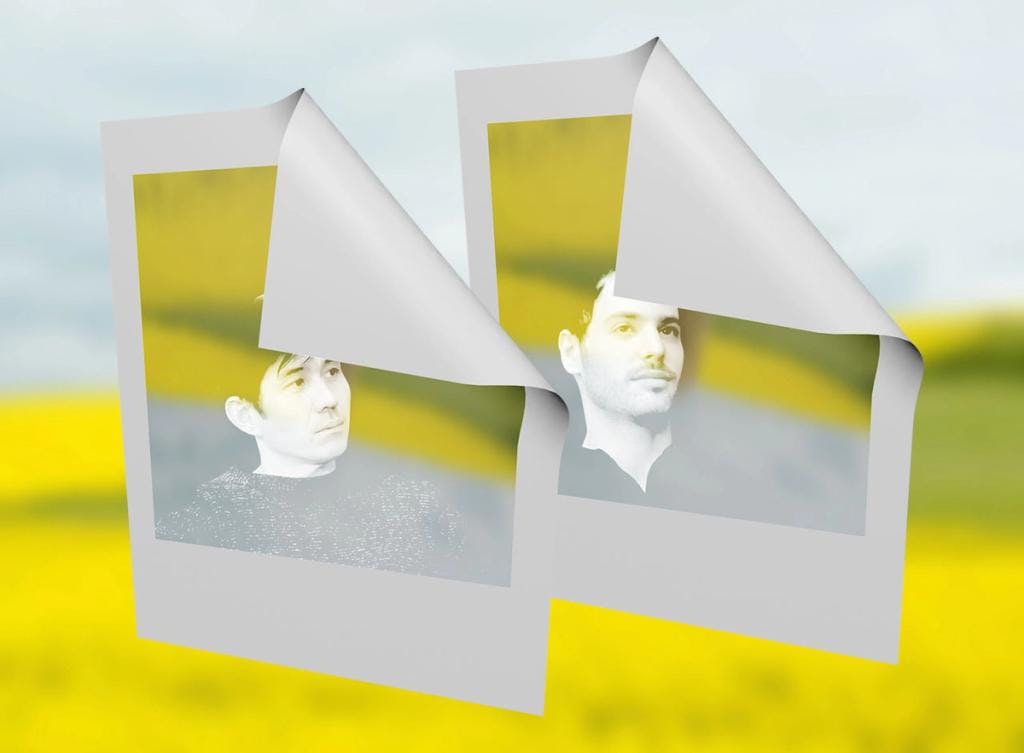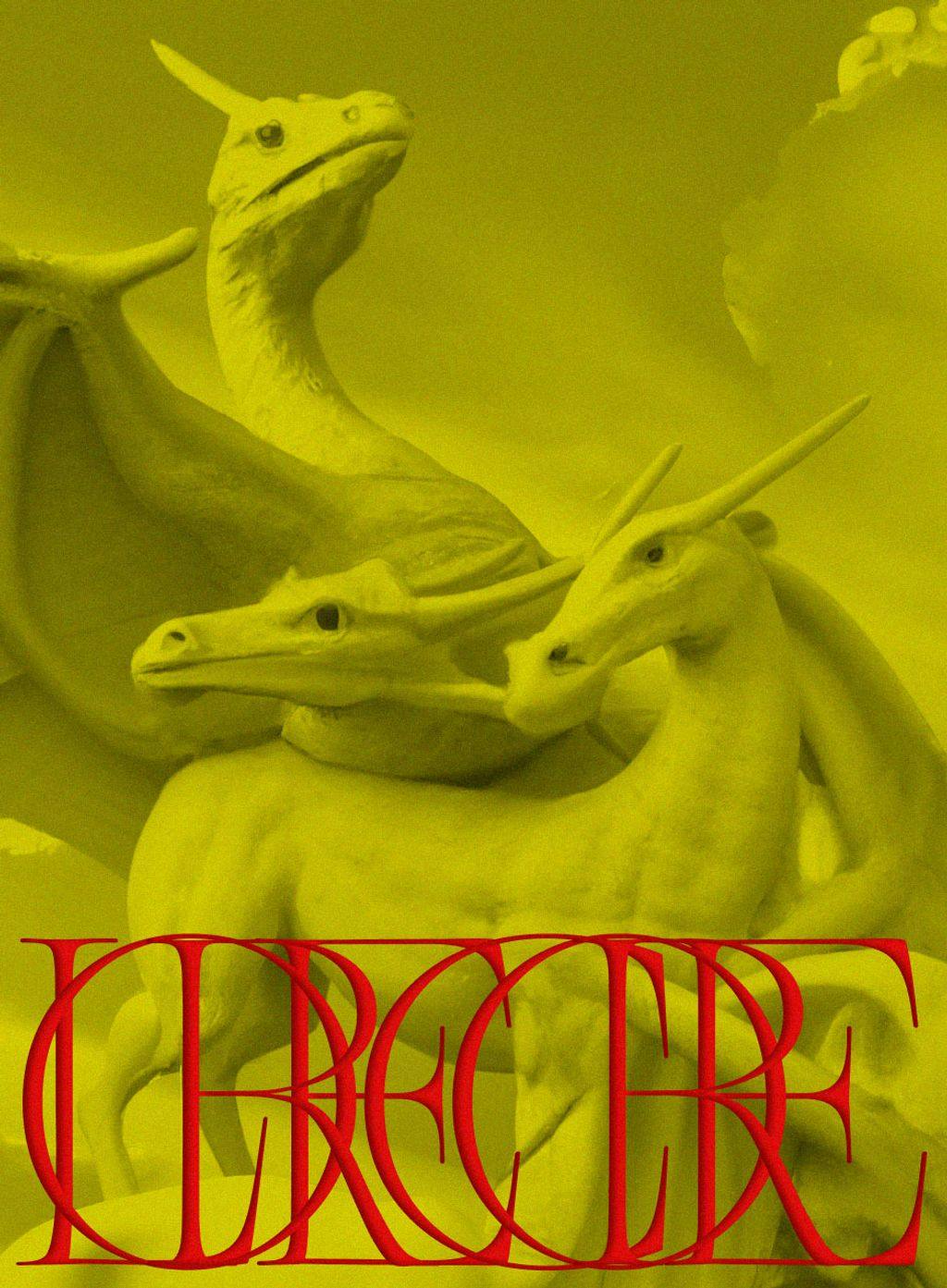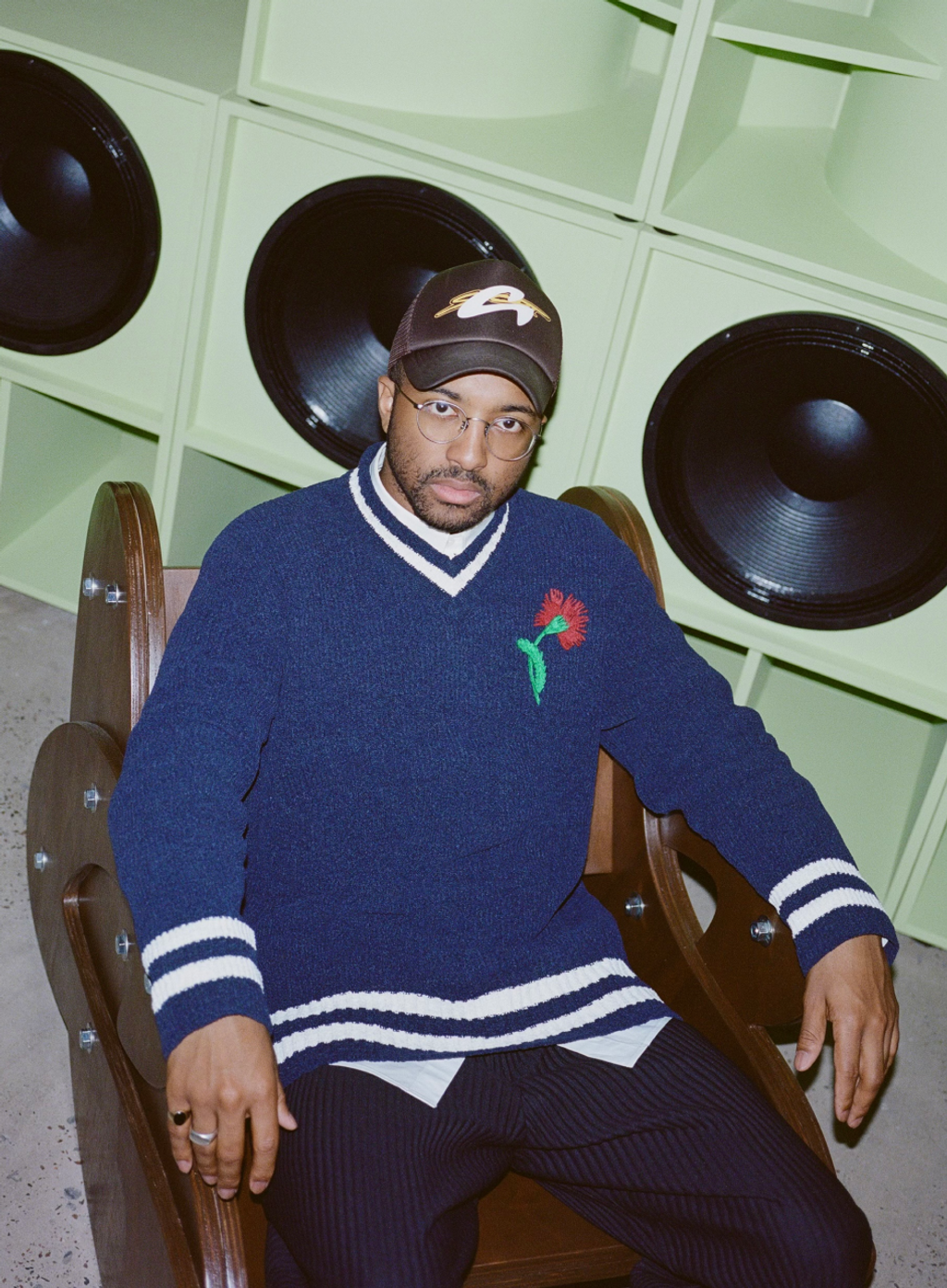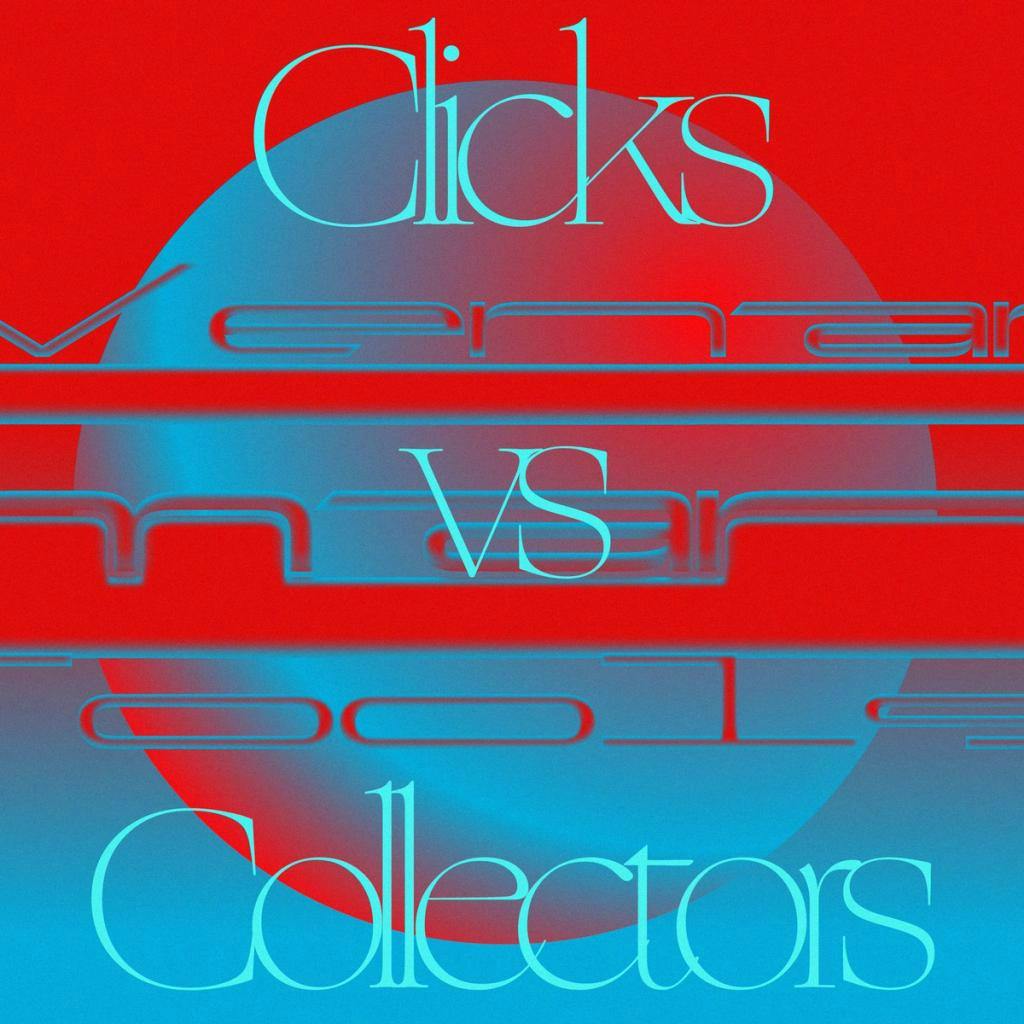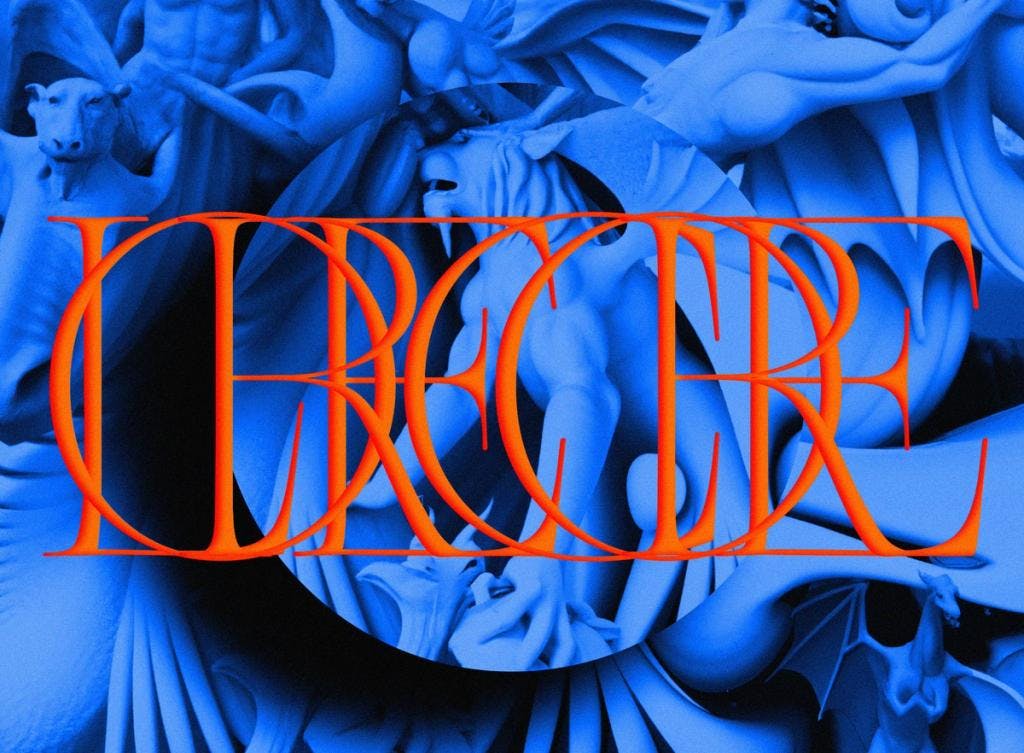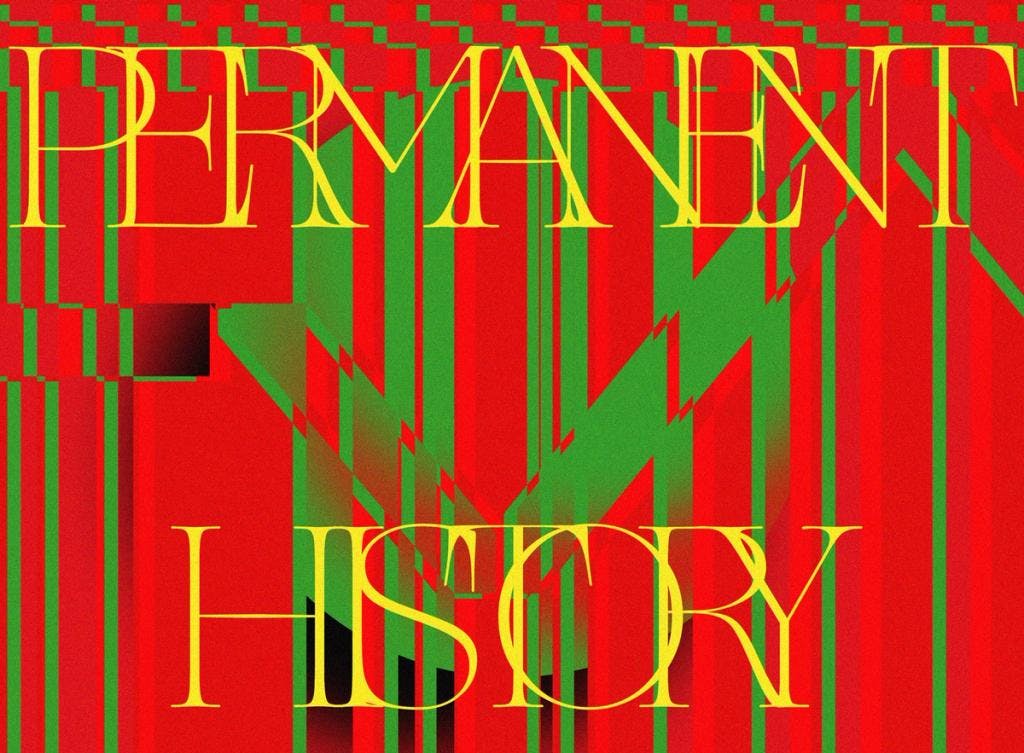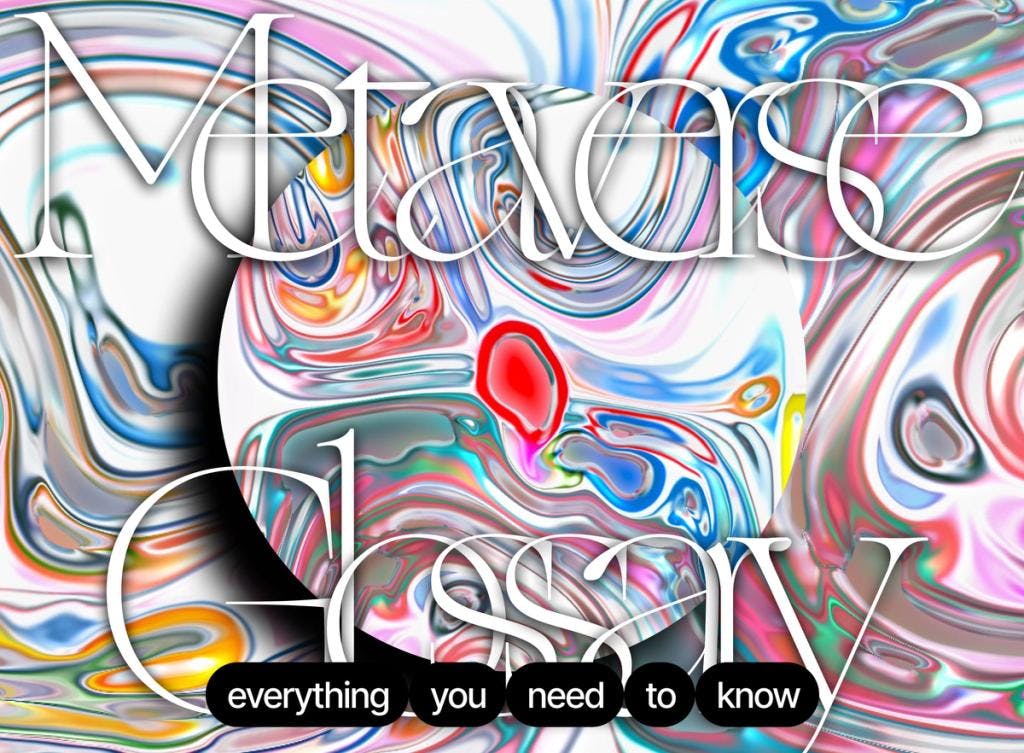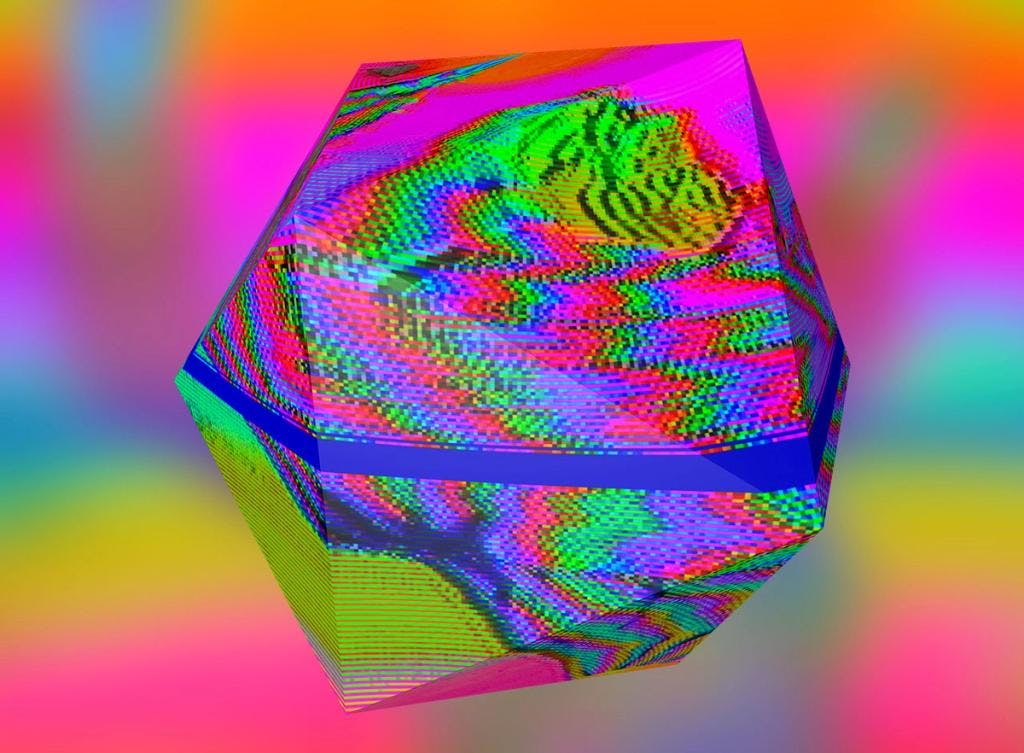


CamaraderieofCompetition:HowBLVKHVNDSawtheWeinEsports
Camaraderie of Competition: How BLVKHVND Saw the We in Esports
The path-breaking esports DAO is building a gaming culture where competition and community go hand in hand
We’ve heard again and again that crypto is the future of gaming, but BLVKHVND (pronounced "Blackhand") are bringing a renewed sense of scope to this well-worn claim. For the esports DAO (they’re fond of the neologism “dsports”), the greatest innovation offered by the blockchain in gaming lies not in in-game purchases or play-to-earn mechanics, but in the possibility of catalyzing a hard reset of an esports industry rife with exclusion and exploitation. There’s a gaming gold rush underway—late last year, FaZe Clan became the first esports unicorn when the organization went public with a one billion dollar merger deal—but for esports players outside of the major teams, precarious wages, inequitable contracts, and fragmented leagues make it tricky to build a career. This is what BLVKHVND hopes to change. In their own words, the DAO seeks to seed a “competitive ecosystem where everyone wins,” making good on gaming’s often overlooked history as a testbed for new forms of collective organization.
Founding members Sirsu, ATM, Rolvel, and BLVK0UT started doing Twitch streams under the BLVKHVND name in May 2020. Since then, after marking their move into Web3 with Mirror’s largest crowdfund to date, the "dsports" crew have grown to encompass a range of teams across continents while building out the infrastructure to support and celebrate them. They’ve also launched the formidable Pro Kit 2022 Collection, demoing their visual flair beyond purely digital channels. As the DAO plots its next moves to develop an esports tournament protocol, founder Sirsu spoke to Zora’s Dee Goens about the affinities between NFTs and esports, the camaraderie of competition, and building an esports industry owned by the players.
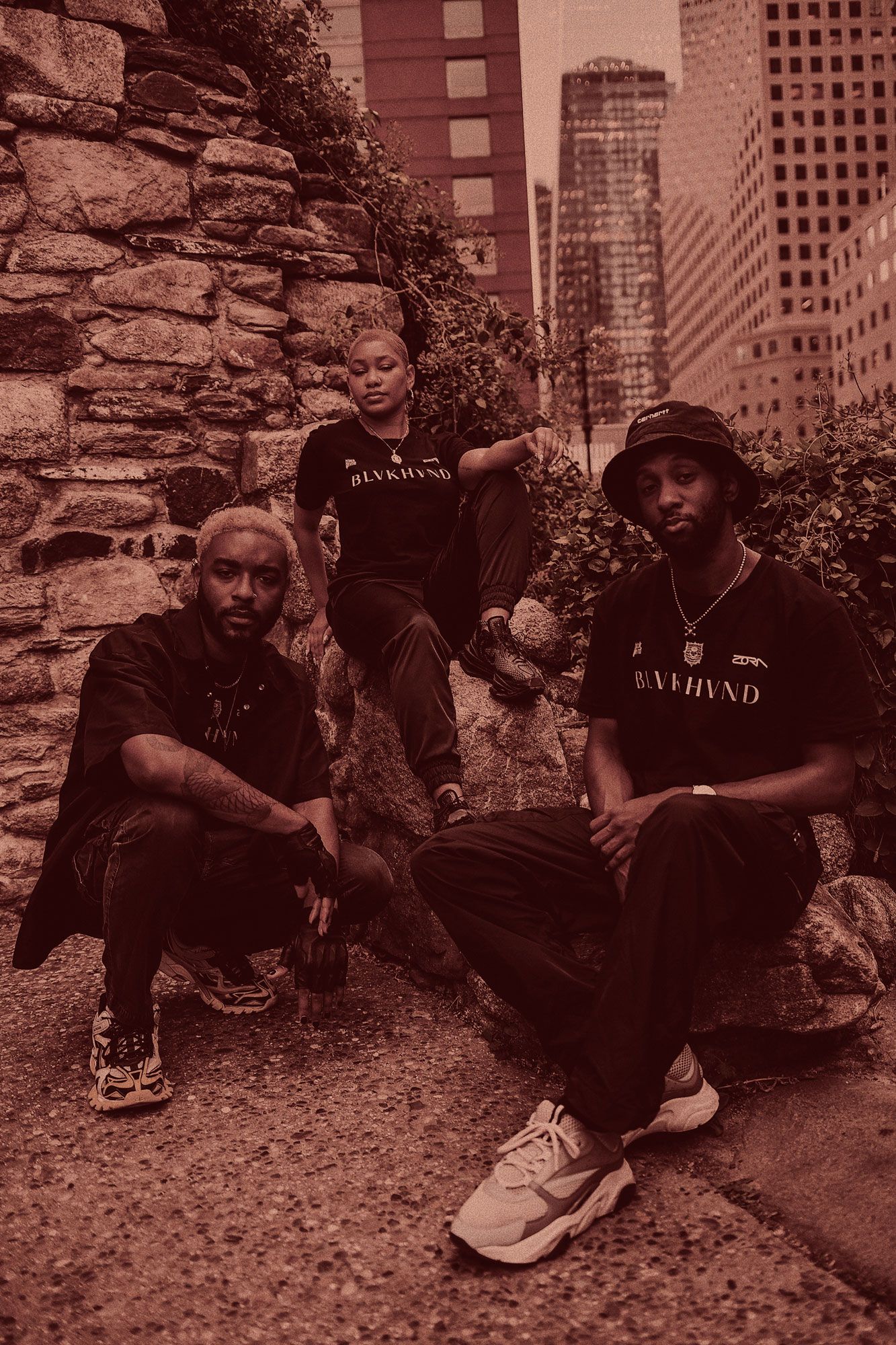
Dee Goens: BLVKHVND is this emergent, if not already present, force in the esports industry. From four core founding team members, y’all are now in over seven cities nationwide and internationally. Tell us more about you.
Sirsu: I had an opportunity with some of my greatest friends to build an esports organization. Our goal is to be at the center of competition, no matter where it lives and to provide agency to players that are looking to become athletes in a setting that is usually frenetic and very flighty. I’m a designer and an anthropologist. I worked in product design, user-experience design and advertising. I have always been a gamer. I played semipro.
BLVKHVND is for you, it’s for me, it’s for anyone that loves and engages in competition, whether that’s competitive video games or physical sport.
DG: Is BLVKHVND primarily catering to Black and diverse athletes? What’s the makeup of the squad?
S: Our makeup is very diverse, from Apex Legends to our Halo team to Pokémon Unite. Black, Hispanic, folks from the Netherlands, a few are from Britain, France, and other European countries. I definitely think we got a really unique mix.

DG: How’d you meet the founding team for BLVKHVND?
S: I was friends with Rolvel and BLVK0UT in high school when I moved to Florida in ninth grade. We’ve been boys since 2007. We met playing Halo 3, Halo 2, OG Call of Duty: Modern Warfare, second Modern Warfare, and then Modern Warfare 3. We competed a lot back then as well. Our start was in OG game battles, which were some of the first online tournaments.This was the breakthrough that brought esports to everyone who wanted to compete in a structured manner.
I moved out to Nashville when I was about 22 and spoke at this after-school church program for kids about art and design, which is where I met Dillon (ATM). I think he was 17. Years later, I reached out to all my boys saying that we should start streaming. We built the Discord. We co-created our branding. ATM came up with the name BLVKHVND. He and I worked closely together on doing our initial skull-and-lightning motif.
DG: Why did the symbol in the motif matter so much?
S: First impressions are everything. Optics, as they relate to streaming, relate to a media personality or a media business, entity, conglomerate, organization. Visuals are incredibly important. In a space where there’s poor branding everywhere you go, this is a core opportunity to be incredibly unique. Sometimes you need to use a little bit of shock value, which is why the skull works so well. In gaming, most of the typical games deal with fighting and/or first person shooters. It’s the sport of violence. It’s not necessarily glorifying violence but it’s about conflict and competition.
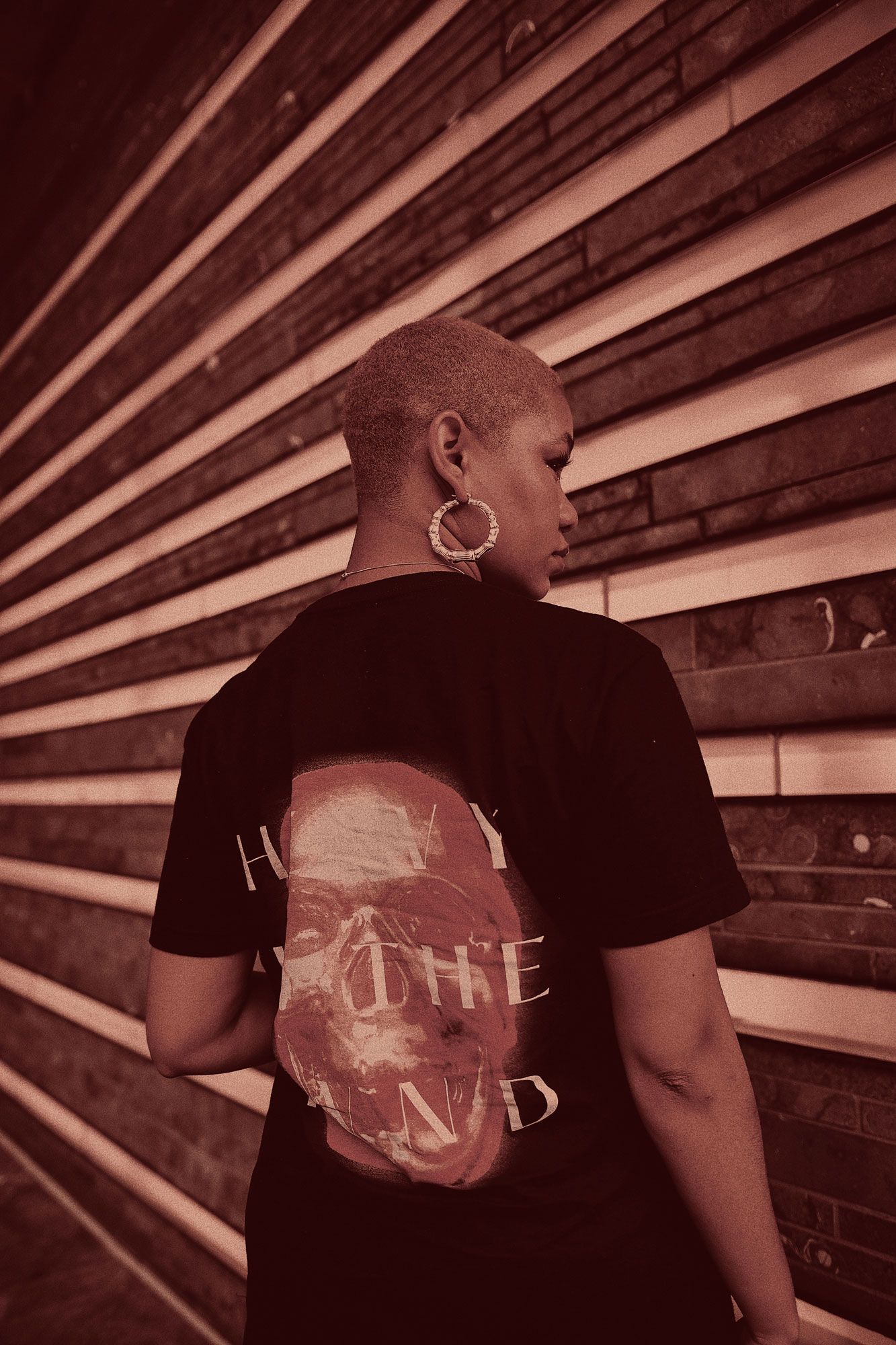
DG: It’s fascinating that such a polarizing topic be such a unifying force under the guise of gaming. You described several communities or nationalities that were all unified in one community under gaming. It’s interesting that in the name of play or competition or camaraderie that we put some of those things to the side.
S: 100%. It’s super interesting to think about the types of games that exist. There has to be a little bit of separation from reality. American games like Call of Duty—it’s usually Western civilization against Eastern civilization. And “Eastern civilization” will be the Middle East or Eastern Europe or Asia where, historically, villains of the “American story” reside. These ideas permeate again and again. But each time, the game has these arcade-like mechanics where you can feel incredibly powerful and unstoppable based upon your skill. It’s not just a hyper-realistic war simulator. That little bit of separation from reality is what makes games games. Take Halo: you’re not seeing Halo in and of itself as being the initial catalyst for physical violence against people in real life. I’m not saying it doesn’t happen, but the likelihood of it is significantly less because what we’re experiencing is entertainment.
DG: You mentioned the power of the creator of the game; this world-builder. Has that type of mentality influenced your decision-making when starting a team? Walk me through the jumping-off point for transitioning from just streaming to creating a team and building out an entire organization.
S: The catalyst was when we started to stream and realized we were building a unique community based on our presentation. We growth-hacked our ability from not being noticed at all to sustaining over 60 people per stream. Then I made the pivot into the Web3 space. I took a lot of that mindset with me. I had a push-up counter, mandatory hydration, mandatory ad breaks. That’s the kind of stuff that a lot of people don’t take into consideration. Like, “Bro, you haven’t drank a swig of water in two hours. Go ahead and hydrate.”
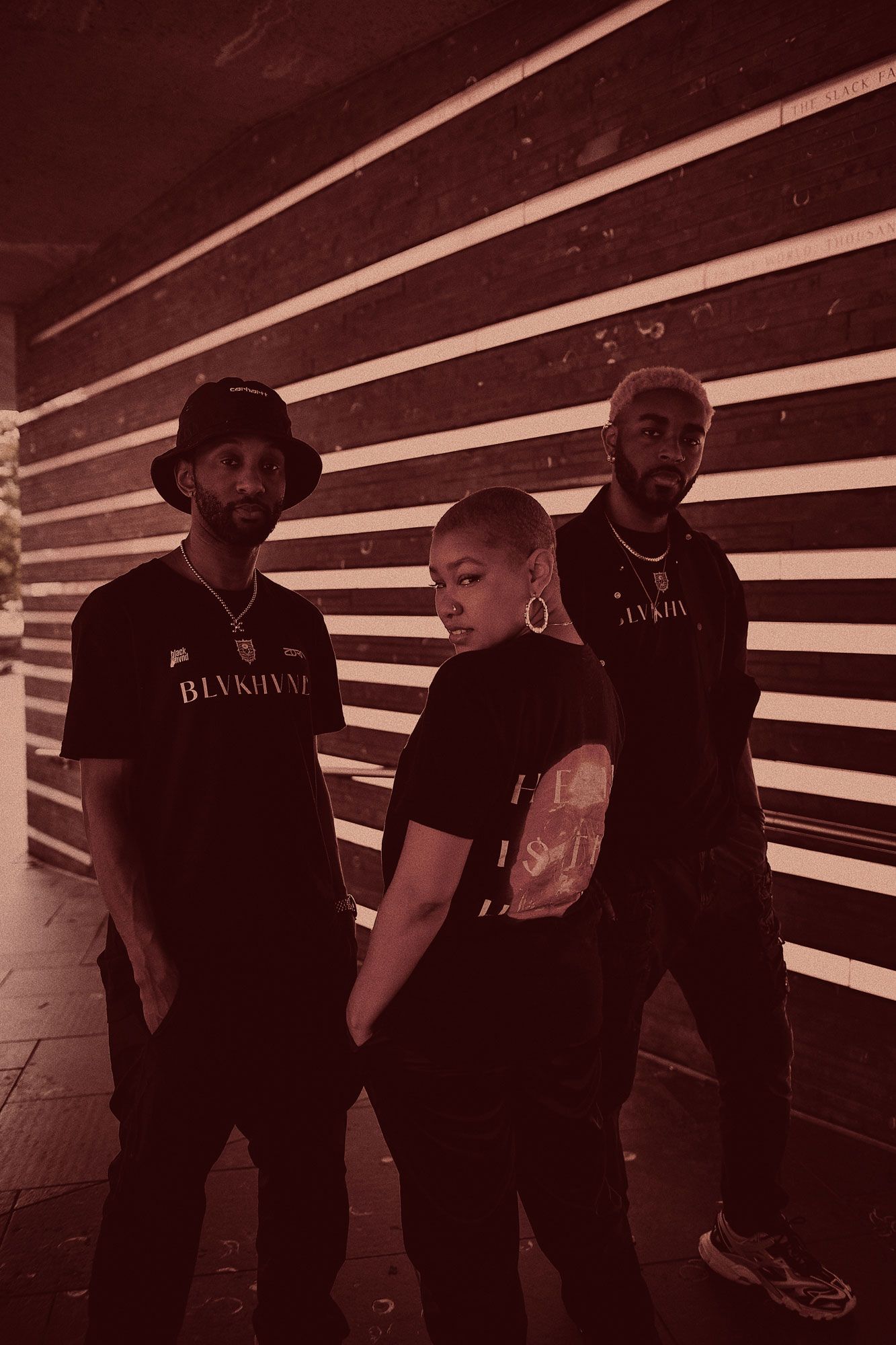
DG: That sort of empathy from the gaming community for their athletes is cool to hear about. You have to manage your athletes in a lot of ways. Is it tough to balance both the entertainment and competition?
S: Esports is entertainment, first and foremost. You may not be able to sufficiently showcase your talent if you don’t get broadcast. For example, in Halo, if you are not a pro or a partner team, you don’t really get shown. You don’t get air time. You don’t get interviewed. You don’t get press releases. You don’t get anything supported by the league. For the most part, basketball is never going away, but an esports title might. We only have a select few games that have been going on forever. As a result, the guarantee of playing in a public forum for the masses is very hard to come by.
DG: How many different games does BLVKHVND play? Do you guys compete?
S: Seven. We have Halo Infinite, Apex Legends, CS Go or Counter Strike Go, Pokémon Unite, and Rogue Company. There are games that have two regions. Like Halo, we have a European Union team, an EU team, and an NA team. One of the things that we’re going to be doing soon is getting our professional players to play against our other pros and alternate. One of our players, Fragout, was a breakout Halo player during the preseason and ended up moving to Rogue Company. He could easily hit the top 16.
Sometimes you have players like FormaL from OpTic, who plays both Apex and Halo because the schedules don’t conflict. You can have a player who’s so good that they can play in multiple leagues and multiple games in the same year and are able to code switch, depending on what game they’re playing and the teammates they’re playing with. I’m honestly amazed at the skill level in that way. It really is a science—the unique ability to have that muscle memory, that coordination.
DG: What’s the hardest part about being good at a video game?
S: The best and most challenging games are the ones that are easy to pick up, but incredibly hard to master.
The thing about getting good at a game is that once you make the decision to learn how a game works and start to deconstruct it, you realize the ceiling that you might have, and also how much you don’t really know. This is the case for fighting games. When you choose to be good at a fighting game, you can no longer play casually. You could figure any character out and it wouldn’t be enjoyable. You are on the hunt to find someone as good as you when you start to learn how to get good at a game. If you stay ignorant, you can play casually.
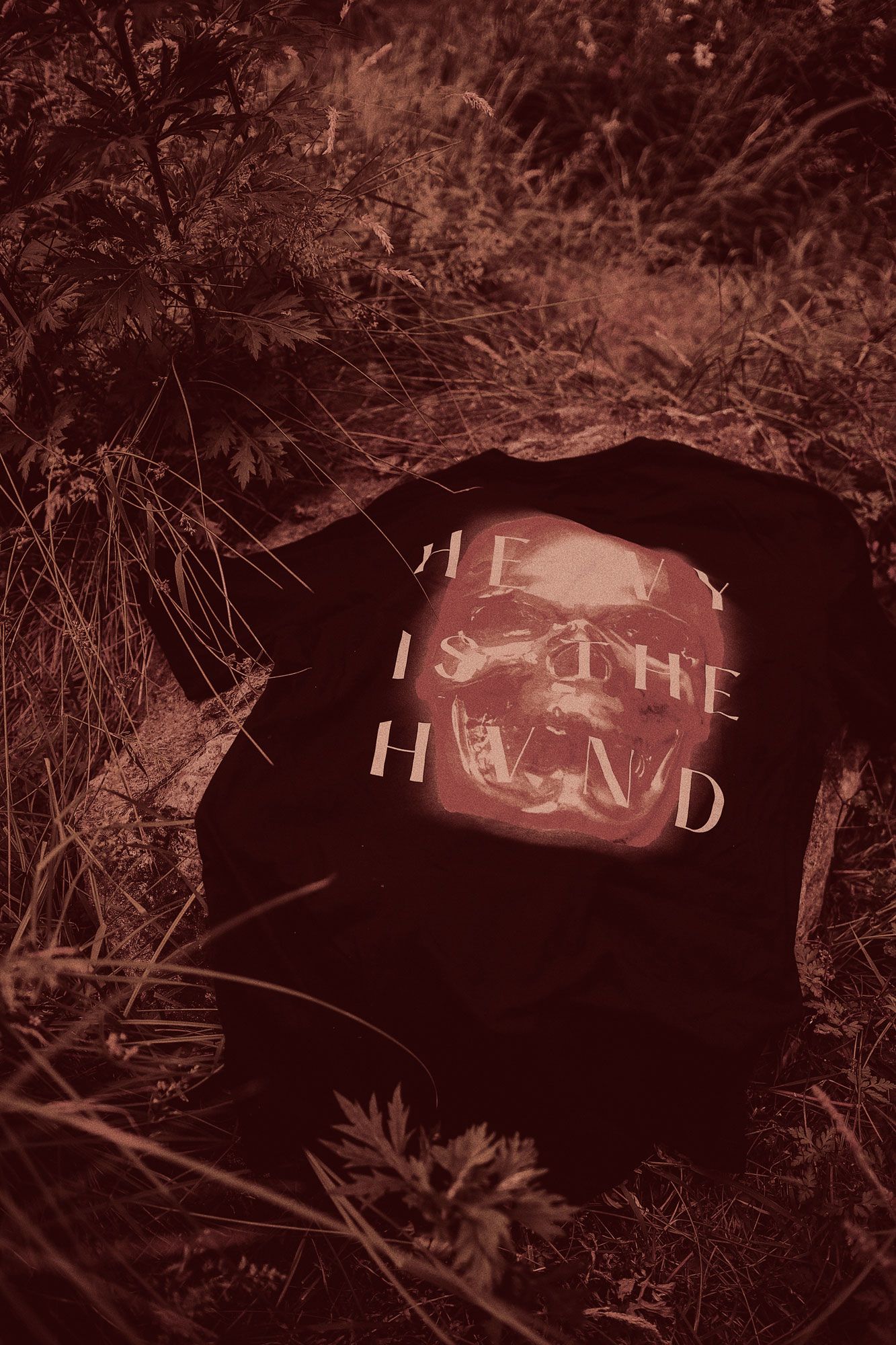
DG: It reminds me of the NFT industry. The only difference is you’re investing your time and your skills, or your time in order to grow those skills.
S: Pokémon Unite is a big bet for us. This is their first tournament. We know Pokémon is such an incredibly important IP. The prize pool or the total amount for the tournament series has been a million dollars dispersed over six monthly events that we’re invited to, because we qualified in August. But is that enough to sustain it for a year or two? If so, we have an opportunity to build and become a dynasty team, which is what builds the brands of your FaZe Clan, your OpTic, your 100 Thieves, your SK T1, your NAVI, your ACEND, your Quadrant.
A lot of teams don’t have the financial security, bandwidth, or opportunities to move and merge, which is why I’m very excited by the prospect of what Web3 can potentially do for this space, for the players specifically.
DG: How have you guys been able to accumulate that financial security and build that base for yourself?
S: We initially crowdfunded. We sold a few entities and now we’re building infrastructure to scale esports from a Web3 perspective, with all Web3 games and game publishers. We’ve also partnered with several DAOs and put out proposals where we manage teams for them. That gives us a solid amount of revenue that we can rely on, on a monthly basis, that not only allows us to operate those esports teams but also our own.
The esports industry relies heavily on sponsorship dollars. About 72% of all esports revenue comes from sponsorships. I’m uniquely interested in changing that. NFTs are more than just media assets. They can be access tokens, they can be physical environments, and so on. That becomes our means of creating a waterfall financial opportunity. Uniquely, our goal for BLVKHVND is to be at the center of all competition, no matter where it lives. That requires us to build a coalition based upon players, coaches, support staff, and media personalities. We need to have a community of creatives that builds artwork and other media inspired by our mission and our vision.
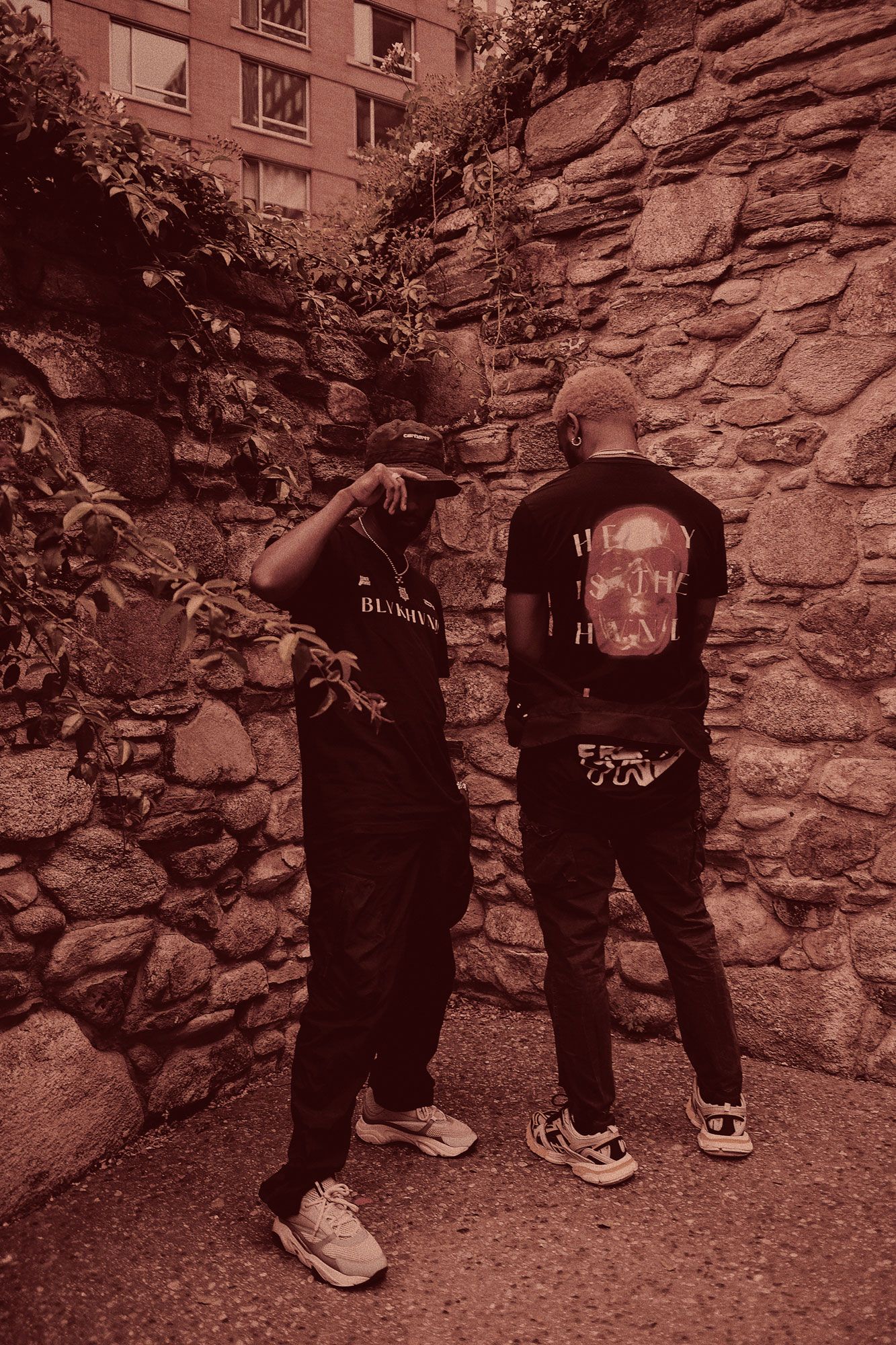
DG: What’s next for BLVKHVND?
S: Thanks to ZORA, we’re going to be working on building what’s called our “project stadium.” This is our opportunity to build a permissionless method for tournament organizers and event hosts—independent of video game developers and publishers—to stand up their own competitive leagues and marketplaces on-chain. Almost like a hyperstructure, it’s a better way to proliferate BLVKHVND by being the platform and protocol that people call upon to assemble their teams, and to assemble the right type of contracts to ensure correct legality as it relates to players that you host both internationally and domestically. It would be great for folks to say, “Hey. I’m using the BLVKHVND method to set up an inclusive league.”
NFTs could be issued based upon a team or a brand winning a national or an international title with the publishers. These are opportunities in which everyone that’s a part of that framework is uniquely enmeshed so that value is routed and distributed to everyone at any given point in time automatically. We are not focused on creating our own insular economy so that people can use our products. We’re trying to build something so that anyone that leverages Ethereum has access to our structure and a means to deploy tournaments on whatever chain they decide.
I believe that play and competition is an atomic structure of humanity. We all look to see who’s better than the other person. That’s what’s next for us: finding a way to be the seedling that sprouts that competitive spirit in anybody.
DG: What, if any, challenges are you anticipating as you guys set out on that mission?
S: I’m sure ZORA can relate, building a protocol is hard. In many cases, there are companies that want to build protocols but don’t have the right mind share. There’s so many layers to language, especially as it relates to a coding language that it can make things very challenging to understand. We’re asking ourselves: What does a Web3 tournament look like? What are all the things you should capture on-chain? What are the drawbacks? What are the concessions that you’ll make early so that you can get it out?
It’s tricky but with ZORA’s support and power devs, I think we have a very good chance of making it a reality.
DG: How can readers or listeners be supportive to BLVKHVND in your next steps?
S: The easiest thing to do is follow us on Twitter. We release a video called Over The Weekend every weekend giving a synopsis of what we’ve done in that week. Go on our website—BLVKHVND.com—and hit “community.” It’ll take you to our Discord.
Shout out to our partners in Krause House. Whether it’s rap battles or racing that you consider a sport, whether it’s intramural activities, extreme sports or bottle flipping, BLVKHVND is a home for that. It’s a means to facilitate. It’s a public good that brings folks together to form communities around competition. What we’re building is open, permissionless, unstoppable, and altruistic.
